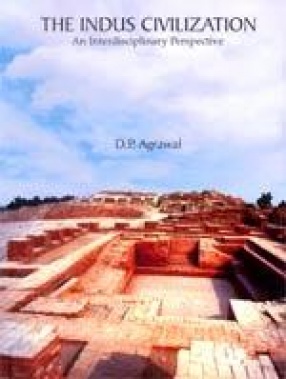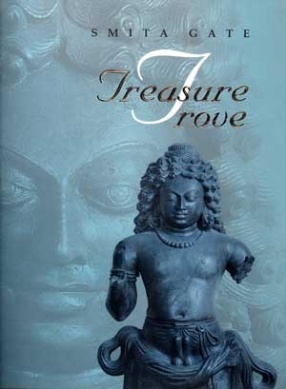The present monograph deals with two different forms of traditional theatre of south India, the teyyam of north Kerala and bhutaradhana of south Karnataka. Sita K. Nambiar, an eminent Sanskrit scholar, has made an indepth study of these dance forms in their cultural context. The origin and evolution of the ritual arts of teyyam and bhutaradhana was perhaps due to man’s fear for some unknown forces of nature which afflicted the folk with unexpected tragedies, such as the death of a dear and near one, house-fire, loss of crops, etc. The village elders attributed these tragedies to some bhuta (supernatural being). It was, therefore, considered necessary to please that unseen being by performing these ritual arts. Through the practice of the latter, a holy communion between man and "God" is established, which cuts across caste barriers and allows people of lower castes, who become the impersonators to enjoy command over the upper caste people. It is interesting to note that the ritual in which a person identifies himself with a sprit is not an isolated event for the rural folk. The fact that these performances are staged every year in some fixed venues is an indication why they have gained an artistic status as a result of which the impersonator has to live a life of professional dedication. The author witnessed some of these performances and has given a vivid description of these. The bhuta is a Sanskrit term signifying the five elements of nature – earth, water, fire, air and space. In Kannada language, according to our author, the term bhuta is given an additional meaning that is a great unseen power in its various forms which frightens people. With this idea in mind, people began worshipping these powers. This worship is known as bhutaradhana. The mode of worship differs from place to place and from people to people. When a sudden calamity takes place, the afflicted person goes to the leader of his community, who tells him that certain bhuta is displeased with him and he has to make such and such offerings to propitiate the bhuta. The leader is called Pujari, who fixes a date on which people can come and take his advice. He places an idol or image or draws the picture of a particular bhuta and utters certain mantras, invokes the particular bhuta and answers the questions put to him. The people accept this in full faith and act accordingly. The term "Paddana" (Sanskrit Prarthana) means songs which accompanied bhutaradhana. They are in Tulu dialect, therefore, not available in writing. These have been carried on orally from generation to generation. Chapter four of this monograph deals with the typology of teyyam in which the author has discussed muttapan teyyam, Tacoli Otenam (udyanan), pottan daivam, mari teyyam, darivattar teyyam, Visnumurti teyyam and bhuta, koti cennaya (bhuta), panjuruli (bhuta and teyyam), kalkuda and kallurti (bhuta), Bobbariaya (a Muslim bhuta) or babburan teyyam). In chapter five, the author has tried to capture live traditions in rituals. This is followed by an exhaustive annontated glossary which is extremely useful for layman and scholars alike as it gives explanation of Sanskrit, Malayalam and Tulu terms. There is a short seleted bibliography of relevant works in English, Kannada and Malayalam. A learned and extremely well-written Appendix documented with 13 colour illustrations contributed by Dr. Kapila Vatsyayana enhances the value of this monograph. The author of the Appendix has given a vivid description of Manipuri Nata Sankritana from Manipur and Mudiyettu from Kerala, the objective being to present the process, manifestation and experience of a performance which transforms mundane space to consecrated space in fixed time and duration.
The Indus Civilization: An Interdisciplinary Perspective
The Indus Civilization is as ...
$174.60
$194.00





There are no reviews yet.